Below is a video overview of our kiosk software, watch it carefully to learn more!
Watch the video above and you will find that our kiosk software is excellent in usability, security, compatibility and scalability, which is the basis for ensuring the efficient and stable operation of kiosk machines. If you are interested, please contact us for more details.
Kiosk programming involves developing tailored oftware for interactive kiosk systems, including user interfaces, payment integration, data management, and ensuring a seamless user experience.
Lean Kiosk Systems has a full team of in-house developers with niche expertise in kiosk computer software. The team can provide turnkey services in personalized software and UI design, including tailored modular code base for common user flows, as well as software licensing for the Hardware Integration Module (HIM), our kiosk software allows IT admin to lock any devices in single or multi-app kiosk mode, preventing unauthorised access and limiting excess data costs.
Kiosk software is the system and user interface software designed for an interactive kiosk or Internet kiosk enclosing the system in a way that prevents user interaction and activities on the device outside the scope of execution of the software. This way, the system replaces the look and feel of the system it runs over, allowing for customization and limited offering of ad-hoc services.
Kiosk software is a specialized application designed to control self-service terminals, managing both the hardware and user interface to perform specific tasks. By definition, kiosk software locks down the device to a single application or a set of permitted functions, preventing unauthorized access and providing a secure, reliable operating environment.
In terms of functionality, kiosk software typically includes features such as user authentication, content management, remote monitoring, device status tracking, data collection, and analytics. Additionally, it supports various input methods, including touchscreens, keyboards, card readers, and more, to accommodate different usage scenarios. These functionalities ensure that the kiosk operates efficiently, delivering a seamless service experience to users.
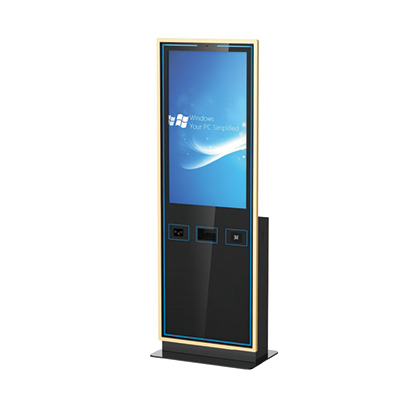
Finding the best kiosk software involves a systematic approach that considers several key criteria. Start by identifying your specific needs, such as the required features, compatibility with existing hardware, and the intended use case (e.g., retail, healthcare, or information kiosks).
Criteria: Focus on software that offers strong security features, ease of use, customization options, remote management capabilities, and reliable customer support. Compatibility with various input devices like touchscreens and card readers is also crucial.
Process: Begin with research—look for software reviews, user testimonials, and case studies relevant to your industry. Next, compare the shortlisted options based on pricing, features, and scalability. It's also wise to request demos or trials to test the software's functionality and user interface.
Methods: Engage with software vendors directly to understand their offerings and ask for references from their clients. Participating in industry forums or attending trade shows can also provide insights into the latest kiosk software trends. Finally, consult with your IT team or a professional consultant to ensure the software meets your technical requirements and business goals.
By following this structured approach, you can select the kiosk software that best aligns with your operational needs and enhances your overall service delivery.
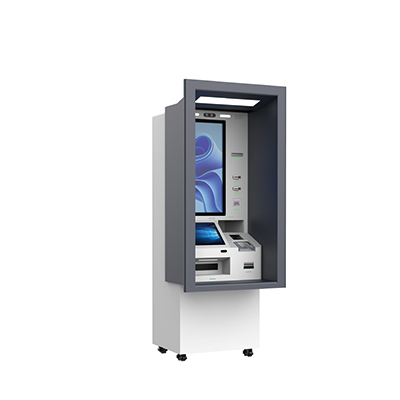
SiteKiosk: Known for its robust security features and broad hardware compatibility, SiteKiosk is suitable for various industries. It allows users to lock down devices and restrict access, with remote management and content update capabilities. Ideal for users who require high security and flexibility.
KioskSimple: This software is focused on simplicity and ease of use, making it ideal for users who need quick deployment and easy maintenance. It supports custom features and payment integration, making it particularly suitable for retail and payment terminals. Best for users with limited budgets needing basic functionality.
KioWare: KioWare offers comprehensive remote management and extensive API support, allowing for highly customized solutions. It supports multiple operating systems and devices, making it ideal for enterprises that require large-scale deployments and complex integrations.
NoviSign: This software specializes in content management and multimedia display, making it suitable for informational displays and digital signage applications. Its intuitive interface makes it easy to create and manage content, perfect for users who need frequent updates and content management.
Differences: These software options differ in security, ease of use, customization capabilities, remote management, and content management. Choosing the right one depends on your specific needs, such as required features, budget, hardware compatibility, and technical support.
Identify Needs: Start by clearly defining your kiosk’s application scenarios and required features, such as payment integration, content management, or remote monitoring.
Compare Features: Based on the differences mentioned above, select the software that best meets your requirements.
Consider Budget: Different software options vary in price, so choose the one that offers the best value for your money.
Test the Software: Use trials or demos to assess the software's actual performance and usability.
Evaluate Support and Service: Ensure that the vendor provides strong technical support and after-sales service to resolve any issues during use.
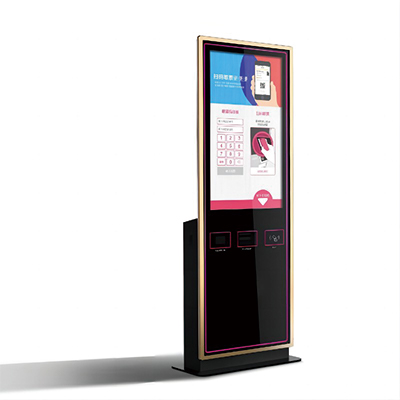
Installing and configuring kiosk software involves several key steps to ensure smooth operation. Begin by selecting a compatible software that meets your kiosk’s specific needs. Once chosen, download the installation package from the vendor’s official website.
Installation: Start by running the installation file on your kiosk hardware. Follow the on-screen prompts to install the software, selecting appropriate settings for your environment. Ensure that the software is installed on a secure network to prevent unauthorized access.
Configuration: After installation, configure the software to match your operational requirements. This typically includes setting up user permissions, enabling remote management, and customizing the user interface to reflect your brand. Configure security settings to lock down the kiosk, allowing access only to approved applications and websites.
Testing: After configuration, thoroughly test the kiosk to ensure all functions work as expected. Check for any potential issues, such as software compatibility or performance lags, and address them before deployment.
Deployment: Once testing is complete, deploy the kiosk in its intended location. Monitor the system closely during initial use, making any necessary adjustments.
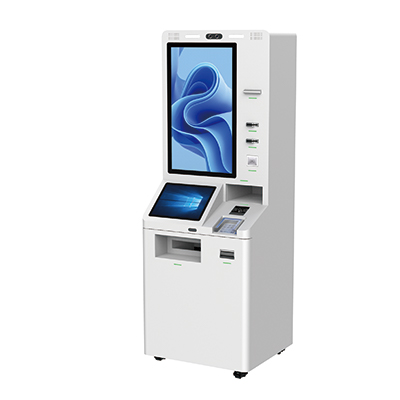
Customizing kiosk software involves a structured approach to ensure it meets your specific business needs. Here’s a step-by-step guide:
1. Define Requirements: Begin by identifying the specific functionalities you need, such as user interface customization, security settings, content management, or integration with other systems like payment gateways or CRM tools. Clearly outline these requirements before proceeding.
2. Choose a Flexible Platform: Select kiosk software that offers robust customization options. Look for software with an open API, modular design, or easy-to-use configuration tools. Ensure that the software is compatible with your existing hardware and supports the necessary input devices like touchscreens, printers, and scanners.
3. Work with Developers: If the customization is complex, consider working with developers who specialize in kiosk software. They can modify the software to include custom branding, tailored user experiences, and specific functionalities. This may involve coding, UI/UX design, and system integration.
4. Customize the User Interface: Adjust the interface to align with your brand identity and improve user experience. This might include adding logos, selecting color schemes, and arranging content for intuitive navigation. Ensure that the design is user-friendly and accessible.
5. Implement Security Measures: Customize security settings to protect user data and restrict unauthorized access. This could involve setting up password protection, secure payment processing, and remote monitoring capabilities.
6. Test the Customization: Before full deployment, rigorously test the customized software. Ensure that all features work seamlessly and that there are no security vulnerabilities or performance issues.
7. Deploy and Monitor: After successful testing, deploy the customized kiosk software across your locations. Continue to monitor its performance and make adjustments as needed.
Key Considerations: Focus on user experience, security, scalability, and ease of future updates. Ensure that the software remains adaptable to changing needs, and that ongoing support is available for maintenance and troubleshooting.
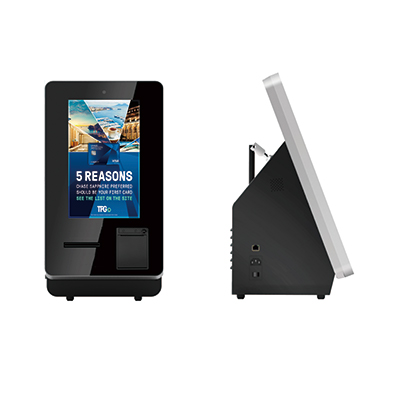
Evaluating the security and stability of kiosk software is crucial for ensuring reliable operation and protecting user data. Here’s how to effectively assess these aspects:
Data Encryption: Ensure the software supports robust data encryption, especially when handling sensitive information like payments or personal data. Encryption helps protect data during transmission and storage.
Access Control: Verify that the software offers multi-layered access control, such as user permissions and administrator password protection. This prevents unauthorized access to the system and sensitive data.
Firewall and Network Security: Assess whether the software integrates firewall and other network security measures to guard against malicious attacks. Regular security updates are essential for patching vulnerabilities.
Compatibility Testing: Ensure the software is fully compatible with all hardware components, including touchscreens, printers, and scanners. Incompatibilities can lead to instability or malfunction.
Load Testing: Evaluate the software's performance under high traffic or complex operational conditions. Stable software should maintain smooth operation without crashing or lagging.
Monitoring and Logging: Opt for software with real-time monitoring and logging features that track system activities and quickly respond to issues. Stability is enhanced when detailed logs help identify and resolve problems.
User Feedback and Case Studies: Review feedback from other users and study successful implementations to understand how the software performs in real-world scenarios. A vendor's strong reputation and widespread use are indicators of reliable products.
Technical Support and Updates: Choose a vendor that offers solid technical support and regular updates, ensuring ongoing improvement and timely problem resolution.
Trial the Software: Conduct extensive testing before deployment, including long-duration and scenario-specific tests, to personally verify the software’s security and stability.
By following these guidelines, you can accurately assess the security and stability of kiosk software, ensuring a reliable and secure system.
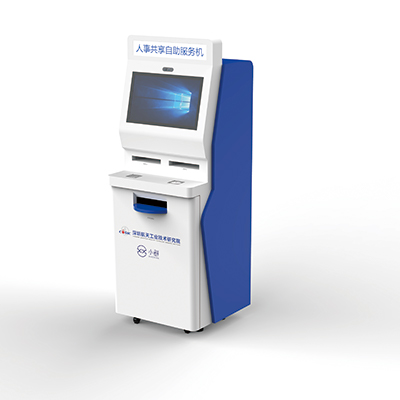
Kiosk software technology support and after-sale service are crucial elements in ensuring the long-term success and reliability of kiosk deployments.
Kiosk Software Technology Support involves ongoing assistance with software installation, updates, troubleshooting, and integration with other systems. This support ensures that the kiosk software remains compatible with evolving technologies and continues to meet business needs. It also includes training and documentation to help users and administrators effectively manage the kiosk.
After-Sale Service extends beyond the initial purchase, encompassing maintenance, technical support, and repair services. It ensures that any issues with the kiosk hardware or software are promptly addressed, minimizing downtime. This service also covers warranty management, software upgrades, and, in some cases, remote monitoring and diagnostics. Quality after-sale service builds customer trust and loyalty, providing peace of mind that the kiosk investment is protected and well-supported throughout its lifecycle.
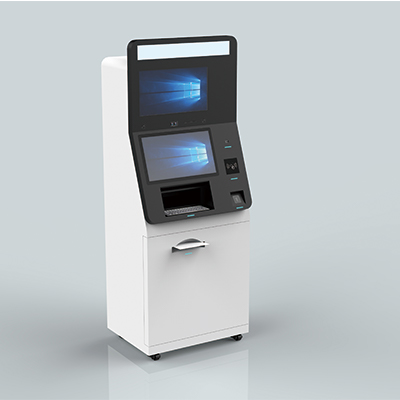
Overview and DefinitionKiosk software is the core system that operates self-service terminals, managing and controlling the user interface, backend data processing, and interactions between users and machines. It encompasses operating systems, applications, content management, and payment processing, ensuring that kiosks operate efficiently and securely. | Popular TypesCommon types of kiosk software include digital signage software, payment terminal software, self-service software, information kiosk software, and self-ordering software. These types cater to different industries, such as retail, hospitality, healthcare, and transportation. Highly customizable and modular kiosk software is increasingly popular, as it can be tailored to meet the unique needs of various businesses. |
Ultimate Goal The ultimate goal of kiosk software is to enhance user experience, improve operational efficiency, and automate business processes. By providing an intuitive, user-friendly interface and robust backend functionality, kiosk software helps businesses streamline operations, reduce costs, and increase customer satisfaction. | Importance in Kiosks Kiosk software plays a critical role in the functionality and success of any kiosk. It ensures that the hardware operates smoothly, that transactions are secure, and that users can easily access the services they need. Reliable kiosk software minimizes downtime, enhances security, and provides a seamless user experience, making it a cornerstone of successful kiosk deployment. |
Customizing kiosk software involves adapting the user interface, integrating specific functionalities, and ensuring compatibility with existing systems. A good kiosk software should be flexible, secure, easy to use, and capable of handling high transaction volumes. When evaluating kiosk software, consider factors like user experience, scalability, integration capabilities, support services, and security features. A well-rounded evaluation ensures that the chosen software aligns with the business’s long-term goals and provides a solid foundation for successful kiosk operations.






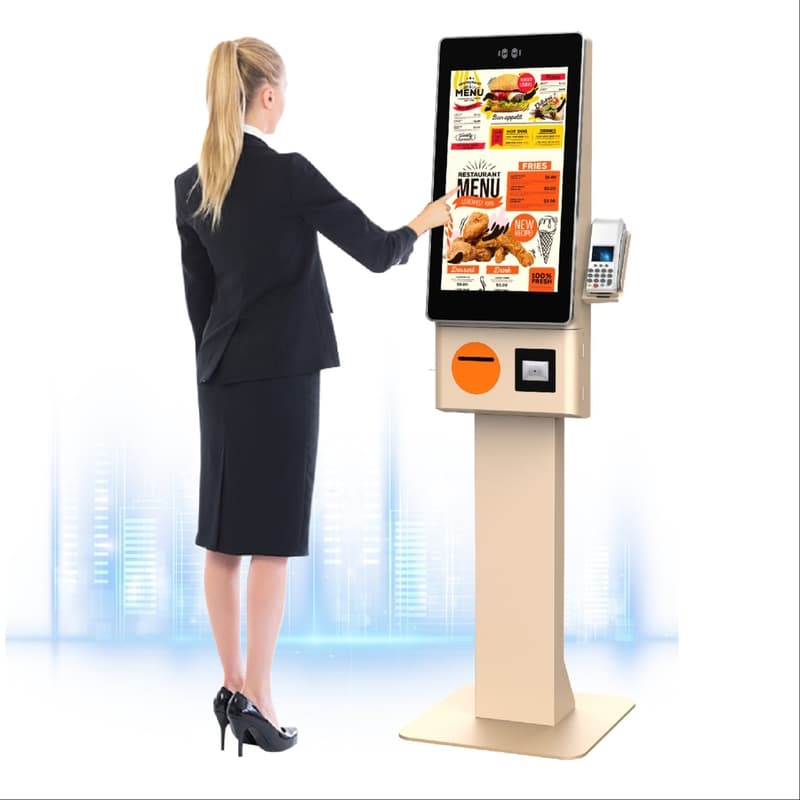
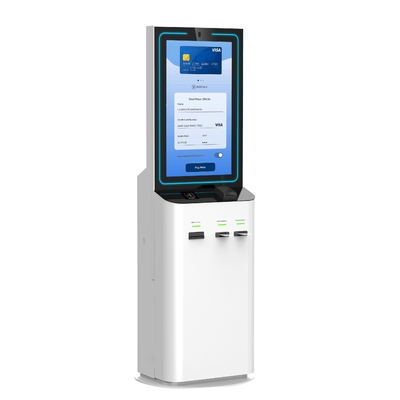
What did our happy clients say?
This kiosk manufacturer’s understanding of kiosk software is profound and comprehensive. Their expert guidance has been invaluable, allowing us to optimize our self-service terminals' functionality and user experience. Highly satisfied with their professional approach!
Lean Kiosk Systems’s expertise in kiosk software is impressive. Their solutions are well-thought-out, and their insights have been crucial for improving our kiosk operations. Their in-depth knowledge provides excellent reference value for any business.
I am thoroughly impressed with the kiosk manufacturer’s grasp of kiosk software. Their detailed understanding and application of software functionalities have greatly enhanced our self-service solutions. Their expertise is both profound and practical.
The manufacturer’s professional handling of kiosk software is exceptional. Their comprehensive solutions and detailed explanations have significantly improved our kiosk performance. Their deep knowledge is a valuable asset for optimizing self-service systems.
This kiosk manufacturer’s approach to kiosk software is highly professional and insightful. Their detailed recommendations have provided us with a clear path for enhancing our kiosks, making their expertise invaluable for any business looking to improve self-service.
Their thorough understanding of kiosk software has been instrumental in our project. The manufacturer’s in-depth and professional guidance has helped us achieve a higher level of efficiency and user satisfaction with our kiosks. Highly recommend their expertise!
This kiosk manufacturer’s knowledge of kiosk software is outstanding. Their professional advice and detailed application of software functionalities have greatly benefited our operations. Their comprehensive understanding serves as an excellent reference for improving kiosk solutions.
I’m very impressed with how this kiosk manufacturer handles kiosk software. Their expert insights and thorough approach have provided significant improvements to our self-service terminals. Their in-depth knowledge and professional application are truly commendable.